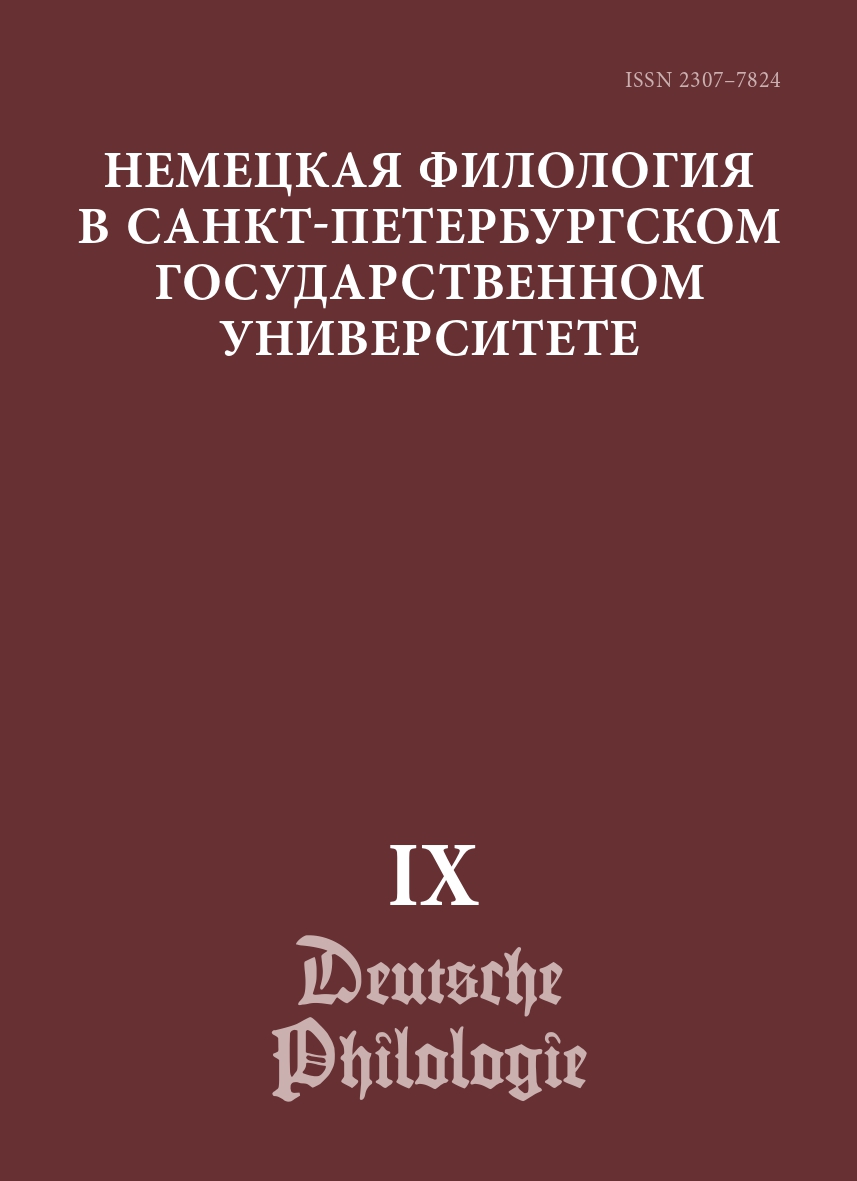FORM UND FUNCTIONS OF INTERTEXTUAL INCLUSIONS IN THE GERMAN ARS APODEMICA OF THE LATE 18th CENTURY (by the example of J.G.Heinzmann’s “Rathgeber für junge Reisende”, 1793)
Abstract
Ars Apodemica as advice travel literature gained popularity in the late Enlightenment with the spread of travelling as a source of new information in a time of accumulation and cultivation of any knowledge. The text under analysis “Rathgeber für junge Reisende” written by the German book handler and writer J.G.Heinzmann in 1793 belongs to the terminal phase of the existence of this unique genre and fully reflects its main features: a combination of literary and utility text types which aimed to inform, to convince and to admonish the future traveler. In purchasing these aims the author integrates into his text a large number of citations and whole text abstracts from different sources which fulfill the corresponding pragmatic goals. This article discusses the forms und functions of these intertextual inclusions.
Keywords:
ars apodemica, intertextuality, citation, precedency, argumentation, Georg Heinzmann, the Enlightenment
Downloads
Downloads
Published
How to Cite
Issue
Section
License
Условия передачи авторских прав на статьи и рецензии, опубликованные в ежегодном периодическом издании «Немецкая филология» регулируются условиями Лицензионного Договора автора с Санкт-Петербургским государственным университетом. В соответствии с Лицензионным Договором опубликованные материалы находятся в открытом доступе, а авторам бесплатно предоставляется неограниченные возможности их распространения и самостоятельного архивирования.




